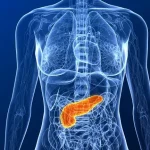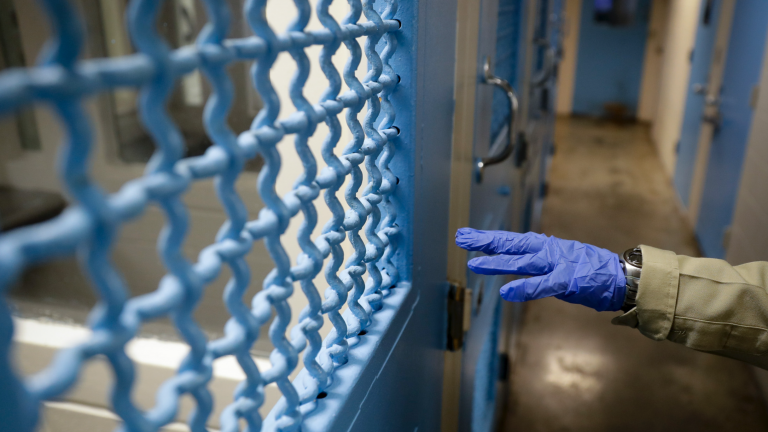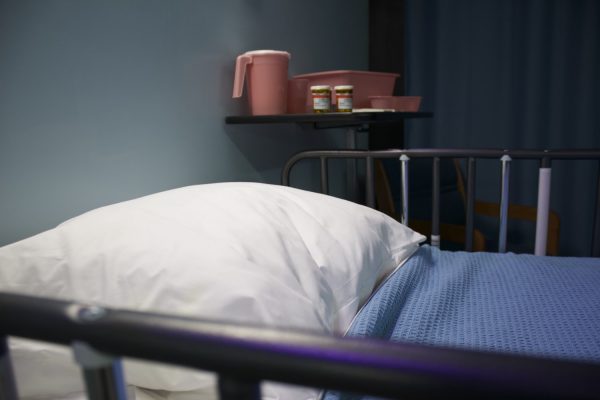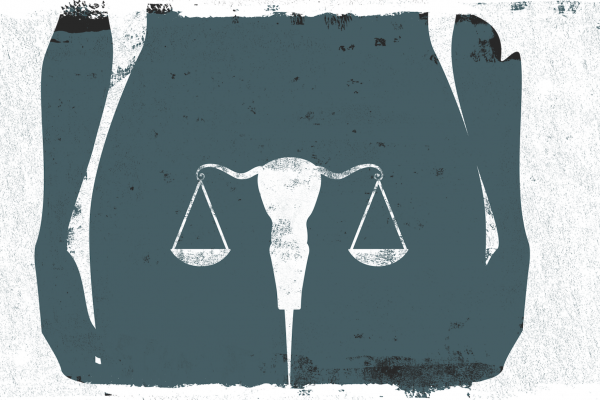By Derek Hsu
A sentence other than death. Many individuals subjugated to the US incarceration system are exposed to gang rivalries, inhumane conditions, and low staffing levels – a sentence some would argue strips the personality and character of an individual. However, the physical layout of prisons, in particular their outdated building design, are causing the greatest amount of harm during the COVD-19 public health crisis. While there were elevated rates of transmission and mortality in all prisons at the height of the pandemic, a recent UC Berkeley study found that none compared to that of the San Quentin Prison in June 2020.
According to a U.S. statistic preceding the study, nearly half of all domestically located prisons reported transmission rates four or more times greater than the general population. Staff reported higher rates as well at a rate three times the average, which calls into question the emergency epidemic measures, or lack thereof, present in the carceral setting. Ada Kwan, the lead researcher for the study “Respiratory pandemic preparedness learnings from the June 2020 COVID-19 outbreak at San Quentin California State Prison,” and her team conducted an on-site assessment of the conditions specific to San Quentin that resulted in the increased incidence of mortality. When 122 inmates were transferred to San Quentin, there was an immediate spike of cases with a peak of 500 people within 22 days of relocation. The evidence of substandard conditions was apparent: “A lack of rooms that have isolated airspace from others – coupled with overcrowding – created a superspreading environment.”
Kwan and his colleagues assessed the vulnerabilities of being forcefully stuck in cells. Instead of a large, open window, a mechanical system and fan circulated air internally in a closed space. Yelling between cells and exercising indoors “added to the risk introduced by the building design itself”, with more potentially infectious aerosols airborne in considerably small cells.
Additionally, there was widespread paranoia among inmates to self-report cases, as infected individuals would be transported to a solitary confinement facility and subject to worse living arrangements for an unspecified period of time. Others avoided self-reporting with fear of isolation during uncertain times. Many non-symptomatic cases went unreported as well, which exacerbated the risk of exposure.
Kwan’s research team also found that correctional officers, because of the existing overtime work policy, could switch housing units and therefore unknowingly served as transmitters of COVID-19. These factors ultimately resulted in 2268 confirmed cases and 28 deaths in the prison.
The study suggests three adjustments to the prison system to avoid increased rates of exposure in the event of a possible next public health crisis. Given a situation where a vaccine is not readily available for mass use, carceral systems should increase ventilation and filtration. By lowering the frequency of incarcerated congregating indoors, it would partially avert airborne transmission. Decreasing the number of occupants sharing the same space for sleep and disinfecting areas of high-use are two other short-term solutions. A wider, national change, the study suggests, is to follow a policy of decarceration, with alternative forms of discipline such as furlough, forms of reentry, and temporary housing units. Those more susceptible to a disease could apply for early release in the hopes to avoid overcrowding. This radical reconstruction of our justice system would not only improve the conditions inside jails but help reintegrate incarcerated members in our society.
According to a Nov 2021 ruling, the Marin County Superior Court ruled the California Department of Corrections and Rehabilitation (CDCR) violated the constitutional rights of 300 petitioners subject to the San Quentin outbreak. Prison officials acted with indifference and violated lawful incarceration given in the 8th amendment. There is currently no relief made available to the San Quentin outbreak victims.
While incarcerated people are jailed because they are tried and proved guilty for a crime, there are many that were either subject to circumstances or a victim of a wider, systemic issue. Whether or not you agree with the verdict, those incarcerated are subject to conditions that are undeniably worse than the sentence given by putting their health at risk, which alludes to the exploitative nature of our prison system.









